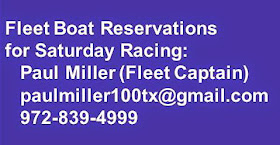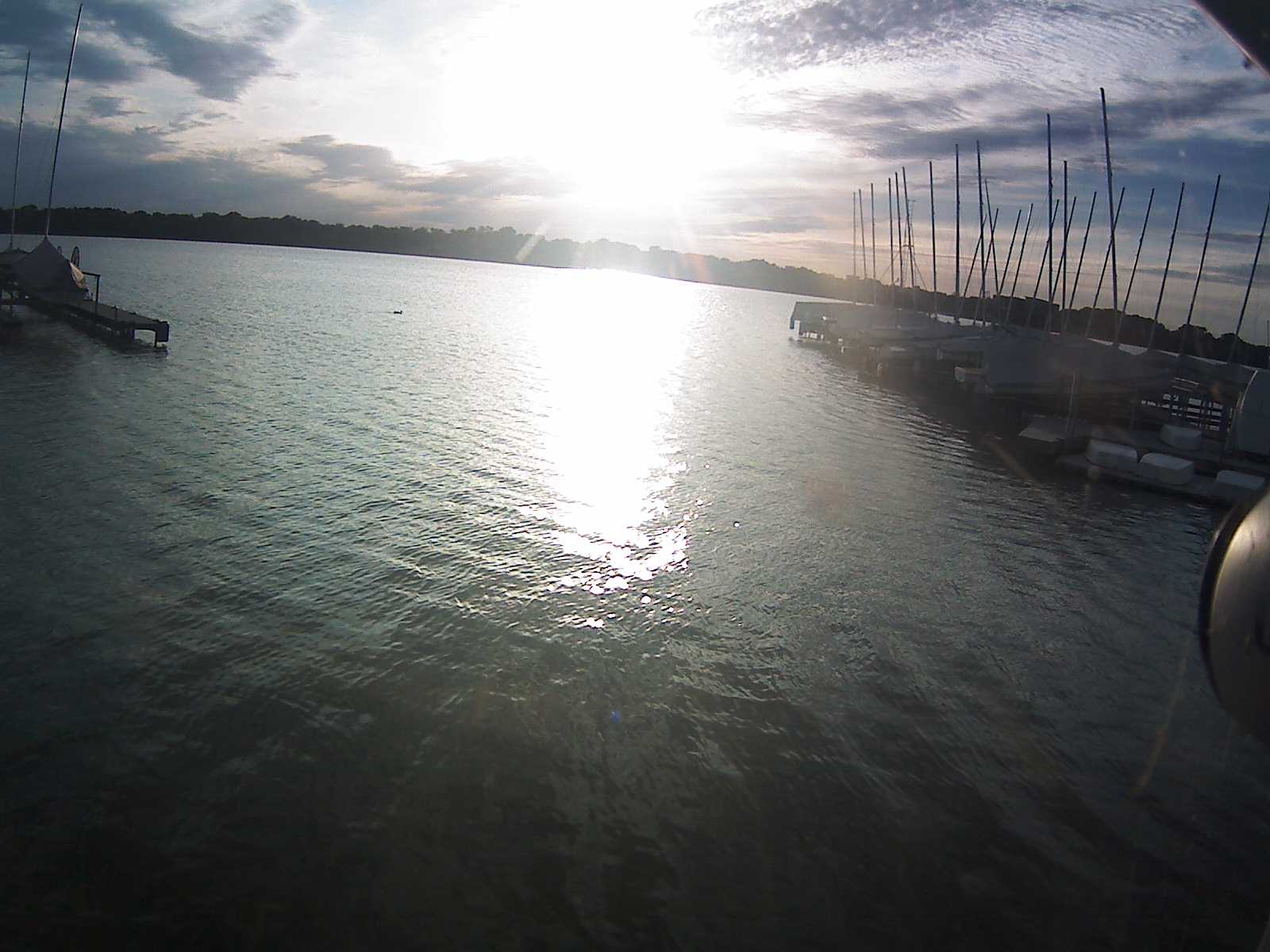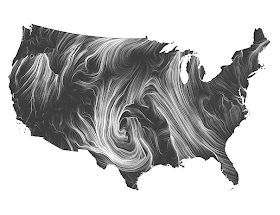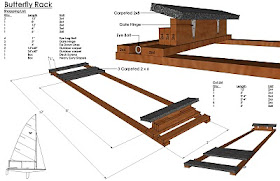Heavy Weather Sailing Q & A - Part 1 of 3
Copyright (C) 2009 Butterfly Fleet 20
A fleet member asked the following questions regarding sailing to windward in heavy air. Lucky for us, we've received some good responses below.
Where do you concentrate?
How far out of the boat do you work?
Far- Next shift?
Near- close- as in the sails to make it up to the next mark
The next set of big waves?
Competition--nearby? Far away?
Doug Peckover (New B'flyer): I'm brand new to sailing Butterflys. In fact, January 31st was the first time I've sailed one in a real breeze. It's easy to sail a new class in a breeze because no finessing or feel for the boat is needed – just hiking. I sailed the Butterfly like a Laser – the boat I am most familiar with. In open water with big waves, you have to look forward to work the waves and keep the cockpit dry. In flat water like White Rock there are no waves, so I like to look sideways – through my feet – to focus on the heel of the boat especially in the gusts, of which there are many. There are a lot of other things to keep track of, but keeping the boat flat is the most important. This is because a heeling boat spills wind, stalls the centerboard, and hurts steering – all very slow.
There's another thing I like to focus on – the pressure on the back of my legs as I hike. Pressure on the sail is passed through the mast (and stays in a Butterfly), and through the side of the hull into your body. There more pressure on your legs, the more pressure on the sail and the faster you go. But in spite of what those Right Guard commercials say, there's no such thing as 110%. In fact, no one can hike at 100% for more than just a few seconds. Recent analysis of Olympic 100 meter sprinters shows that the race is actually in 3 stages – quick start, settle down, and then burst at the end – all in less than 10 seconds! World-class athletes cannot go 100% for even 10 seconds! I prefer to pace myself in a different way – by feeling the pressure on the back of my legs while I have a very slight bouncing motion. Your heart can work continuously for 100 years by taking a slight break every second. Your legs can do the same for a 15 minute windward leg.
The great thing about sailing a one-design class is that if your rig is screwed up, then so is everyone else's. So I don't look at the rig at all. This frees me up to look elsewhere. While I like to sail with a compass – especially in open water – the very top international sailors do not rely a compass and some do not even own one. A much more import factor is the angles between you and the person or group you are trying to beat. You can gain (or lose) much faster with angles than any other part of upwind sailing. There's so much good stuff with angles that it deserves its own write-up.
Another thing about sailing in a breeze is that there are fewer shifts, but there are still some. I'm OK with shifts, but not world-class. The very best sailors I get to compete with have forgotten more about wind patterns and shifts than I will ever learn. So, I like to stay with the experts rather than try to figure out on my own what the next shift is going to do. How far can you go with this type of defensive on-the-job learning? I've won two international events doing just this.
Scott Young ('73 & '83 Nat'l B'fly Champ): I am always thinking about keeping the boat on the same heel angle. This is pretty much true in all conditions but especially in strong wind. You have to be looking ahead and anticipating the puffs so that you can hike, ease and trim at exactly the precise time. Once I have a visual on the puffs and my competition, I focus back to steering the boat through the waves and chop and try and minimize pounding…..and at all costs, keeping the boat moving fast through the water. If you slow down, the centerboard or keel is not as efficient and the boat will slip sideways. Pinching does not always result in good pointing and there is a big difference.
If I am rounding up into the wind or heeling over too much, I will undoubtedly slow down, hit a few waves at the wrong angle, and likely end up sailing myself into a position where I am pinned by other boats or in bad air and unable to play the shifts.
In oscillating winds, I always think about keeping the boat moving fast, especially when I begin to start sailing into a header. It is the old axiom……foot for the headers. The faster you go through the initial phase of the new header, the quicker you will be in position to tack on the new lifted shift.
Physical conditioning is imperative too. If you start getting tired, your reactions slow down and you start making mistakes. Once the mistakes start, sometimes it becomes like an avalanche. In strong wind, it really is survival of the fittest. If you can get inside the head of your competition, prove your superiority, expose their weakness, kill their will…..the race is yours.
Scott Mauney ('01 Nat'l B'fly Champ): Once my boat is stable and under control, I turn my attention from myself to looking at other boats around me, as telltales. In other words using the boats around me to gage how well I'm doing. Don't think about trying to pass one boat at a time. In fleet racing use your competitors to help you go as fast as possible.










2/06/2009 6:43 PM
I weigh less than most of my competition and keeping the boat flat means moving the tiller alot and pinching alot, so should I expect to be sailing higher than my competition and is my sailing angle to my competition a little less relevant?
2/07/2009 5:52 AM
Yes. Being overpowered means a lot more work on the tiller because pinching gets you higher but makes you more susceptible to slight changes in the breeze. With everything strapped in you’re more likely to stall, so practice getting out of that. Your goal should be staying in touch with the lead pack upwind and then blasting downwind. You’ll be especially quick in marginal planning conditions.
Peter Haywood from Australia is one of the best in the world at this. He’s very light (check out http://www.nzlaser.org/NewZealandSailing-FinalDay.htm, third picture from the top, third person from the left) and has very impressive top 10 finishes at the full-rig Master Worlds. He hangs in upwind and just flies downwind.
2/08/2009 2:48 PM
The vang on my boat is unreliable. I am considering upgrading and was wondering what you recommend. I noticed the vang on Pam's boat is more precise, and the Laser vang is very strong. How much vang reliance in the butterfly boat during Heavy weather?
2/08/2009 6:53 PM
The vangs on most Butterfly's do not work well. Pam's vang is the same as Bruce's 6:1. The lighter you are, the more powerful a vang you'll need. Anyone weighing less than 180 should definitely consider upgrading their vang.